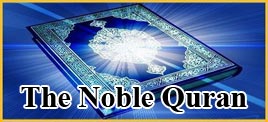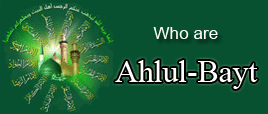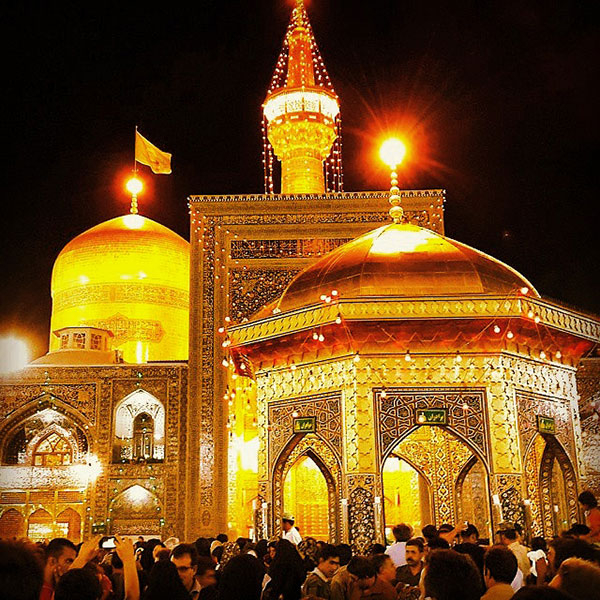 In the Name of God, the All-Merciful, the All-Compassionate --
In the Name of God, the All-Merciful, the All-Compassionate --
Salaam everybody, and since we are in holiday mood on the occasion of the start of the calendar year 1391 solar hijri, which began on the Spring Equinox on Tuesday, March 20 at exactly 08:00 hours 44 minutes and 27 seconds, as the earth completed yet another round the sun, let us present you a special programme on the international aspects of Nowrouz.
As you might recall, it was over three years ago, on February 23, 2010, the United Nations passed a resolution, recognizing Nowrouz, or the Spring Equinox, which marks the start of the Calendar Year in Iran, Afghanistan and some other regional Muslim countries, as Nowrouz International Day for its ancient roots and its celebration in most of the eastern Muslim world, stretching from the Balkans in southwestern Europe to China and the subcontinent, and made up of almost a billion people.
The resolution was drawn up by the Islamic Republic of Iran's permanent mission to the United Nations in a joint initiative with Turkey, Afghanistan, the Republic of Azerbaijan, Tajikistan, Turkmenistan, Kazakhstan and Kyrgyzstan, and was presented to the UN General Assembly. It is to be noted that earlier Nowrouz had already been registered
as the International Heritage of mankind by the United Nations Educational, Scientific and Cultural Organization UNESCO. Iran's deputy ambassador to the UN, Ishaq Aal-e Habib, addressing the General Assembly said that commemoration of Nowrouz is actually the manifestation of one of the UN high objectives for strengthening world peace by respecting national cultures and world cultural heritages. He added that Nowrouz with its Persian and Iranian roots quickly turned into the common culture of millions of human beings in the Iranian Plateau, Central Asia, the Middle East, Caucasus, the Balkans, and the Subcontinent with the advent of Islam. It is worth noting that the solar calendar year in use in Iran, like the lunar Islamic calendar, is also dated in accordance with the auspicious migration from Mecca to Medina of the Almighty's Last and Greatest Messenger, Prophet Mohammad (SAWA). Hence, it is now 1391 years since the Prophet’s hijra, as per the calculation of the earth’s orbit around the sun.
The resolution for Nowrouz International Day spread over 17 paragraphs has 5 executive articles. Article 1 says the first day of Farvardin, corresponding to March 21 – or March 20 depending on the leap year – should be recognized as Nowrouz International Day. Article 2 cites countries that commemorate Nowrouz as part of cultural heritage. Article 3 calls on other countries, especially Muslim ones, to consider Nowrouz, for keeping a precise track of the changing seasons – rather than depend on the borrowed calendars of other cultures. Article 4 stresses research on the history of Nowrouz and its traditions for the benefit of the international community. Article 5 invites all organs affiliated to the UN, particularly UNESCO, as well as other international and regional bodies, interested in taking part in Nowrouz ceremonies.
Nowrouz is accompanied by certain traditions in Iran, Afghanistan, Turkey and the Central Asian and Caucasian states, some of which are house cleansing, spreading the Haftseen, and visiting friends and relatives. Commemoration of Nowrouz by all Iranian groups is considered one of the axes of unity and solidarity amongst Iranians and this has turned Nowrouz into a symbol of Iranian culture. This national and ancient feast conveys the message of happiness, beauty, sincerity and glory which has been blended with the Islamic culture of Iran and other eastern Muslim lands. The internationalization of Norouz would hopefully bring peace and unity for all world bodies.
It is worth noting that the Spring Equinox was borrowed by the ancient Iranians from the astronomically advanced Babylonians when Cyrus the Great, the Achaemenid king, conquered Mesopotamia or present day Iraq. It should also be pointed out that certain Islamic hadith are associated with the Spring Equinox such as God's bringing to life of a group of people who while trying to flee an epidemic died in Mesopotamia, as well as miracles that happened in the life of the Great Prophets such as Noah, Abraham, Moses and Jesus. It is also said that the Spring Equinox was the day when on the 18th of Zilhijja, the year 10 AH, Prophet Mohammad (SAWA), was commanded by God Almighty to appoint his dear cousin and son-in-law, Imam Ali (AS), as his vicegerent.
Thus devout Muslims in Iran and in many other countries observe fast on Nowrouz and offer special prayers and supplications to God at the time of commencement of the New Year. In view of this fact, there is food for thought for the Muslim World in the start of the solar hijri calendar in Iran and other countries on Nowrouz. The lunar Islamic calendar is, of course, indispensable for its religious use, but to keep track of seasons isn't it better for all Muslim states to adopt the Nowrouz as start of the national calendar instead of following the Christian calendar imposed by European colonialism less than a century ago? Islamic scholars and countries ought to give serious thought to these factors, since in the not too distant past Ottoman Turkey and earlier Mamluk Egypt, used to keep precise track of the changing seasons, through Nowrouz, rather than the Gregorian Calendar which was later imposed upon them.

















